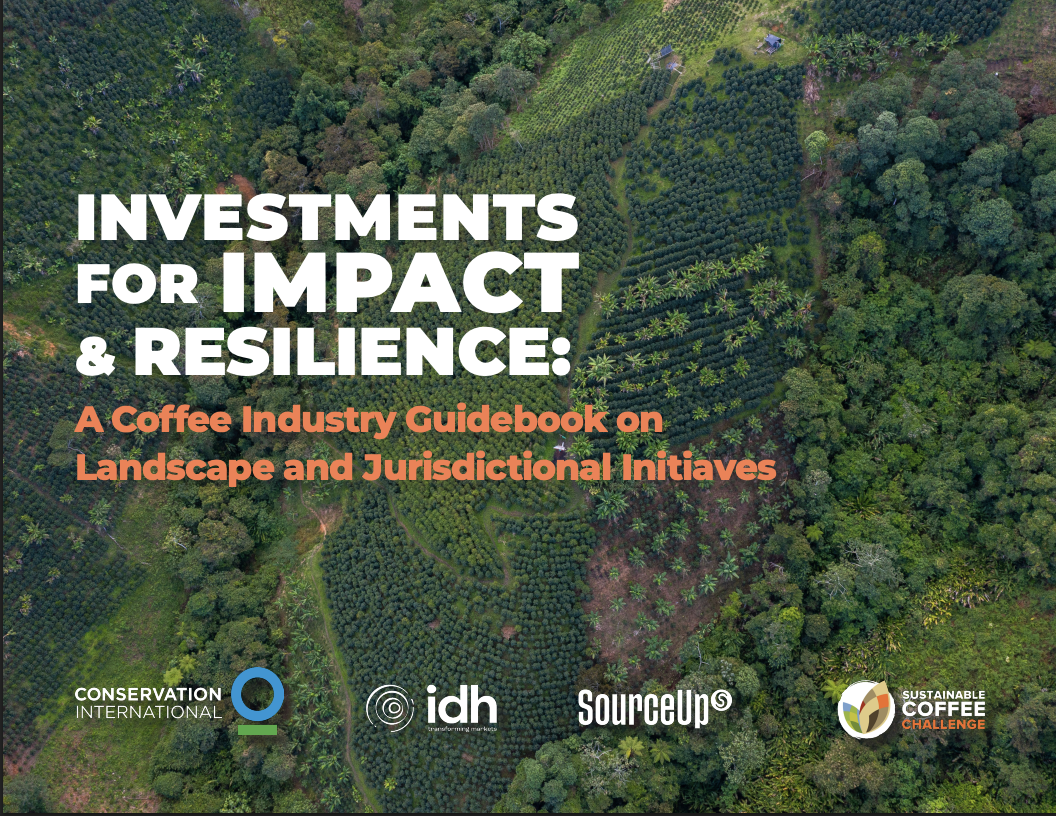 The coffee industry faces increasing supply chain risks that no single actor can solve alone. Climate change, regulatory pressures, and farmer livelihood challenges are creating unprecedented disruptions in coffee-producing regions, while new compliance requirements demand greater transparency and investment.
The coffee industry faces increasing supply chain risks that no single actor can solve alone. Climate change, regulatory pressures, and farmer livelihood challenges are creating unprecedented disruptions in coffee-producing regions, while new compliance requirements demand greater transparency and investment.
Coordinated action and investment at the landscape level—extending beyond individual farms and enabled through market and policy alignment—will be essential to effectively address emerging supply chain risks for lasting impact in the landscapes where coffee is grown.
Over the past decades, companies have made meaningful efforts to reduce coffee’s environmental and social impacts through certification and supply chain projects, yet these efforts often fall short of addressing systemic challenges threatening the longevity of coffee communities, natural ecosystems, and global supply. Most current interventions remain narrowly focused on the farm level—overlooking broader land use dynamics, ecosystem interdependencies, and regulatory pressures that carry real business implications.
This guidebook was developed by Conservation International, IDH and SourceUp, and is published under the umbrella of the Sustainable Coffee Challenge. The work was made possible with financial support from FOLUR.







